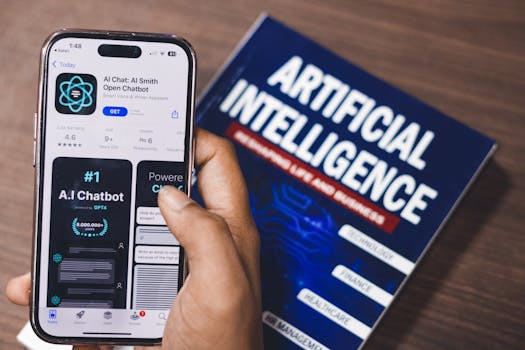
Emerging Trends in Artificial Intelligence and Machine Learning: What You Need to Know
Takeaways:
- Generative AI is revolutionizing content creation across industries.
- AI ethics and governance are becoming critical as technology evolves.
- Automated machine learning (AutoML) is simplifying the development of AI models.
- The rise of edge AI is enhancing real-time data processing capabilities.
- Natural Language Processing (NLP) is advancing, enabling more intuitive human-AI interactions.
As we move further into the 21st century, artificial intelligence (AI) and machine learning (ML) are becoming integral to various sectors, including healthcare, finance, and retail. This blog post delves into the emerging trends in AI and ML that are set to redefine our technological landscape.
1. The Rise of Generative AI

This trend has profound implications across industries. In marketing, for instance, companies can use generative AI to craft personalized content at scale, enhancing customer engagement. In entertainment, filmmakers are experimenting with AI-generated scripts and visual effects, pushing the boundaries of creativity. However, the rise of generative AI also raises questions about authenticity and copyright, prompting discussions about ethical practices in its deployment.
2. The Importance of AI Ethics and Governance

For example, companies are implementing bias detection tools to monitor their algorithms and ensure fairness in decision-making processes. Additionally, regulatory bodies across the globe are beginning to draft policies that govern the use of AI, focusing on transparency, accountability, and user rights. This trend highlights the growing recognition that technology must be aligned with human values to foster trust and acceptance.
3. Automated Machine Learning (AutoML)

This trend democratizes access to AI technology, enabling small and medium-sized enterprises to leverage ML capabilities without the necessity of hiring specialized data scientists. Platforms like Google’s AutoML and H2O.ai provide user-friendly interfaces that empower users to create tailored ML models efficiently. As AutoML continues to evolve, we can expect more businesses to adopt AI solutions, enhancing productivity and innovation.
4. The Emergence of Edge AI

By processing data closer to its source, edge AI reduces latency and bandwidth costs, leading to faster and more efficient operations. For example, in the healthcare sector, edge AI can analyze patient data from wearable devices in real-time, enabling immediate insights and interventions. This trend is paving the way for smarter, more responsive applications that can adapt to changing conditions on the fly.
5. Advancements in Natural Language Processing (NLP)

Applications such as chatbots, virtual assistants, and language translation services are becoming more sophisticated, providing users with seamless experiences. Technologies like BERT and Transformer models have enhanced the contextual understanding of language, enabling AI systems to engage in more meaningful conversations. As NLP continues to evolve, we can expect even more innovative applications that will transform how we communicate with machines.






